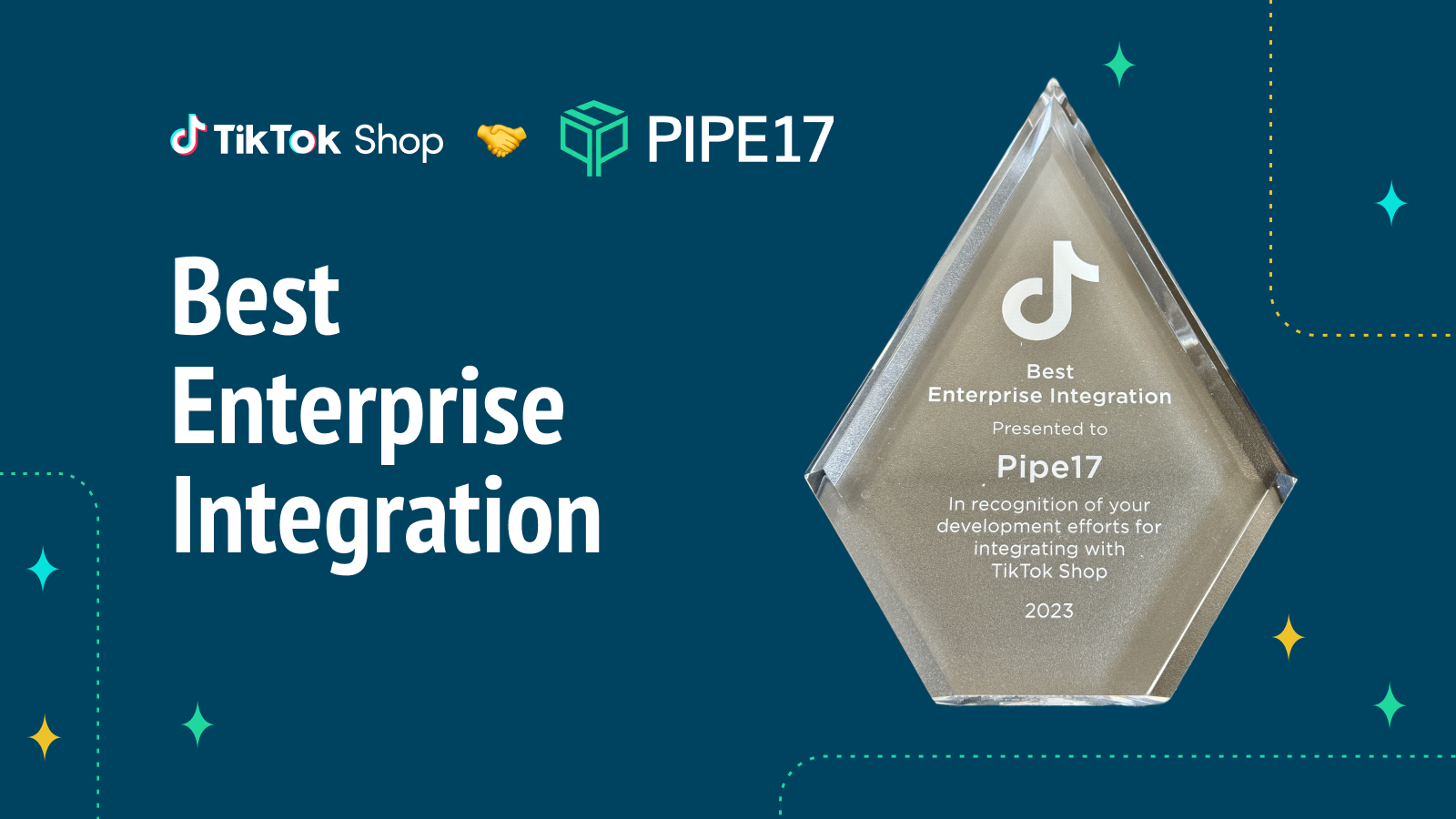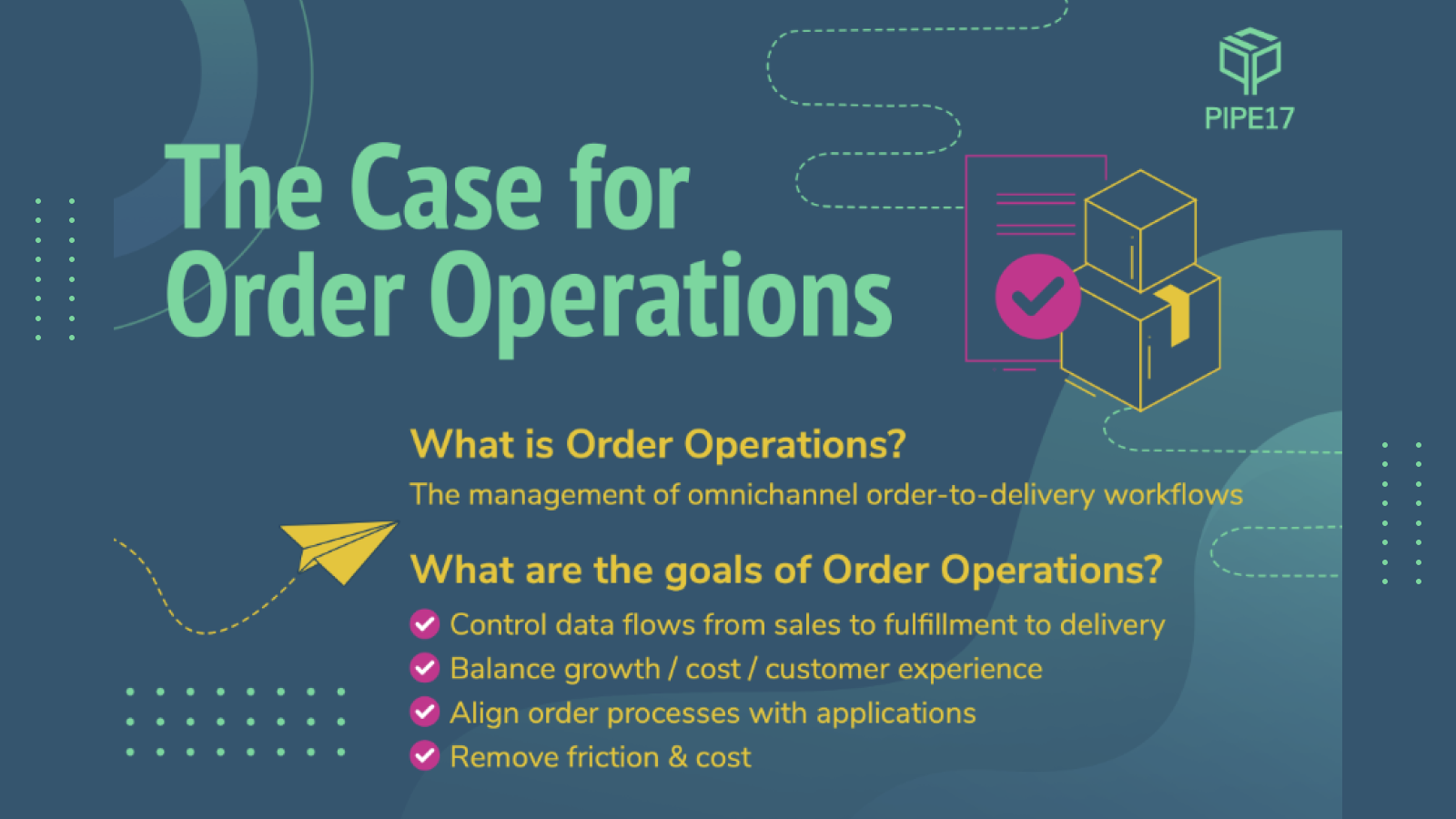As your eCommerce business grows, so does your workload. Your eCommerce processes can become more complex, and systems that once worked may now be inefficient or incapable of meeting expectations.
This increase in demand can place added pressure on your eCommerce business.
It’s a familiar story, one many eCommerce owners face at some point during their business journey. By automating aspects of your eCommerce business, you can relieve the bottleneck caused by rapid growth.
What is eCommerce automation, and how can it help your business?
Why eCommerce automation is so important
eCommerce automation can increase your online store’s efficiency, improve customer relationships, and help you save money and time.
These days, consumers have high expectations for retailers. They want faster, more convenient deliveries — and they want them now.
Automating some of your eCommerce processes can significantly reduce bottlenecks and give your business a reputation for being fast and innovative.
eCommerce automation can improve three major elements of your business:
- Efficiency
- Speed
- Cost savings
Let’s look at how eCommerce automation does this.
Efficiency
The long-term growth of a business often relies on its efficiency. Business efficiency refers to how much an organization can produce in relation to the amount of time, money, and resources available.
The more efficient your eCommerce business is, the better it will be able to transform its resources, materials, and capital into products that generate revenue.
eCommerce automation increases the efficiency of your online store by streamlining your business processes. This can reduce the amount of time and manpower needed to maintain your eCommerce store.
Insights from Nucleus Research note that automation can increase business revenue, speed up lead conversions, and shorten sales cycles — all of which contribute to business efficiency.
The time saved through automation means you can allocate those extra resources toward other business areas such as innovation, customer service, and product development.
Speed
Speed is another headline benefit of eCommerce automation. As an online retailer, it pays to be fast. That could include product development, customer service, inventory management, or order fulfillment.
By automating your order process, your eCommerce store will be able to speed up delivery and may be able to process more orders in a given time compared to manual processing. This faster delivery system could also increase customer satisfaction by reducing the lead time.
eCommerce automation doesn’t stop at automating order fulfillment tasks. You can automate almost any business operation that’s slowing down your eCommerce store.
For example, if your eCommerce team struggles to respond to customer service enquiries in a timely fashion, you could automate customer service functions with live chat or an inbox management system.
When considering automations for your eCommerce business, determine which functions are hindering your business. Then, look at ways you could automate them to add speed.
Cost savings
Cutting costs is one of the most effective ways to increase the profit of your eCommerce store. Finding ways to automate areas of your eCommerce business could help you lower your costs and expenses.
Pipe17 customer Bricks N Clix estimates that if they hadn’t used Pipe 17’s automation services, their annual sales forecast would have been off by 30%. Opting for automation enabled them to run their eCommerce launch quickly and efficiently, which then resulted in their sales beating initial expectations.
eCommerce automation can directly save your business money by cutting down on labor costs associated with manual tasks. Indirectly, it saves money by speeding up processes, increasing accuracy, and improving overall business efficiency.
If you want to be an eCommerce leader, you need to consider eCommerce automation. HubSpot recently found that 61% of overperforming leaders automate parts of their sales process, compared to only 46% of underperforming leaders.
5 eCommerce functions to automate
You may be surprised to learn there are many eCommerce functions you can automate. Below, we’ll share five eCommerce functions that can be automated to increase your business efficiency, speed, and revenue.
1) Repricing
When running an omnichannel eCommerce business, product repricing can be a time-exhaustive task. It requires constant monitoring and adjustments.
To reprice your online listings effectively, you need to implement a smart automation tool. This repricing system will allow you to adjust your listing prices according to changes detected on other eCommerce platforms or by other sellers.
The eCommerce space is always changing. In just one day, Amazon changes product prices almost 2.5 million times. This alone indicates why automated repricing is almost a necessity for any omnichannel eCommerce business.
With it, your online store can adjust your product prices in real time based on the market’s current outlook. This reactive and instant repricing system can increase your profit margins while staying competitive against other sellers.
For example, you could set up a repricing automation rule that matches the cheapest product price offered by competitors with available stock as long as it generates a 5% margin per product.
Repricing isn’t only important to keep your products priced competitively. It also ensures your store complies with eCommerce platform rules.
For instance, Amazon sellers found to be selling products for cheaper on other platforms such as Walmart.com will be penalized and risk their Amazon seller account being suspended.
The intelligence of repricing automation means your eCommerce store can remain competitive and boost sales volume in real time.
2) Action-based emails
Marketing can make or break your eCommerce business. To give it the best chance for success, you need to consider email automation as part of your marketing strategy.
Email automation allows you to send targeted, highly relevant emails to your customers based on how they interact with your online store. You can achieve this by setting email automation triggers that send customers an email once a particular action has taken place.
Cart abandonment emails are one of the first email automations any eCommerce business should put in place. Abandoned carts are a major issue for online retailers. The average cart abandonment rate sits at just under 70%.
Yet research shows cart abandonment emails can help recover lost sales from forgotten or abandoned shopping carts. 50% of users who click on cart abandonment emails go on to make a purchase, according to Moosend.
Cart abandonment recovery is just one type of email marketing flow you can set up for your eCommerce business.
You can create email campaigns for almost any type of on-site action your customers take. One option is to set up email drip campaigns that send customers regular emails tailored to their shopping preferences. For example, if they regularly shop for womenswear, you can send them regular updates about your latest womenswear releases, offers, and related resources.
Other types of email marketing automations you could set up include in-stock notifications or drip campaigns reminding customers when it’s time to restock or replenish a previously purchased item.
3) Invoicing
As a business owner, it’s important to stay on top of your finances. They can get messy quickly. One way to remain organized is through invoice automation.
Automated invoices and filing automatically captures and tracks your payments. This makes it easier for you to monitor your cash flow, identify unpaid invoices, and quickly resolve any financial issues that may arise.
You can automate invoices by scheduling them in advance. Invoice automation tools can also track incoming revenue and assign payments to the correct invoice.
The more you automate, the less room there is for human error. As such, invoice automation can be a great way to improve your business efficiency by minimizing manual input and increasing accuracy.
4) Order updates
When a customer buys something online, the sales cycle continues even after they click the “checkout now” button.
Post-purchase communication and updates are crucial, as they provide your customers with information about their purchase and inspire them to shop with you again. These post-order communications can improve the online shopping experience by validating customer purchases, keeping them informed of their order progress, and encouraging them to leave feedback or place another order.
Order updates and communications take many forms, including emails, SMS, in-app notifications, and dashboard updates.
You can automate these updates by syncing order tracking SMS texts and emails to your order fulfillment and shipping software. This automation will provide a layer of transparency for your customers by informing them when their order has been shipped, what their tracking number is, and when they can expect it to arrive.
5) Data connections
As we pointed out earlier, eCommerce automations can benefit your online store by reducing your required resources.
Running an online-based business means you need to establish several online systems. You then need to ensure they integrate and run smoothly. For example, your order inventory software needs to speak to your eCommerce platform, which then has to communicate with your payment gateway, order fulfillment and shipping software, marketing tools, and CRM — to name just a few of the data connections involved.
Automating your data connections can ease the burden of running an online store. One way is by using data connection automations rather than relying on an in-house IT team to complete these actions.
Pipe17 is a great option to automate transaction-level updates. This automatically pushes out data after every transaction, ensuring you have the most up-to-date information across all of your business systems and tools. If managed manually, this data update would only occur in batches when your team has the time to process transaction updates.
Death Wish Coffee used eCommerce automations to streamline their data. As their eCommerce business rapidly grew, they recognized a critical need for clear, trustworthy data across their entire operations ecosystem. Automating their data connections allowed their operational stack to communicate seamlessly so their orders and fulfillments could flow frictionlessly between systems.
Tools to automate your eCommerce
Choosing the right automation tool for your business will depend on your eCommerce store logistics, size, and requirements. Every eCommerce store is unique, so you have to understand exactly what your business needs before putting together your automation stack.
To help you choose the right eCommerce automation tool for your online store, we’re sharing some of our favorites for automating different eCommerce functions:
Pipe17 for data connection
If you’re looking for friction-free connectivity that will grow with you, look no further than Pipe17. Our eCommerce automation solutions allow eCommerce businesses of all shapes and sizes to scale their stores without increasing operational overheads.
With a fast and easy set-up process and no implementation fees, Pipe17 lets eCommerce businesses connect multiple systems and tools to synchronize orders, inventory, and products.
It’s also easy to add new integrations as your store grows or changes direction over time.
Mailchimp for email automation
Whether you’re a new eCommerce store or a seasoned online retailer, Mailchimp offers email marketing automation solutions to help you sell more.
Connecting your online store to Mailchimp allows you to sync customer purchase data and unlock powerful email marketing automations. You can then automate email workflows that target people based on purchase activity and website engagement. These could recover abandoned carts, encourage customers to revisit your site, or send product retargeting emails.
Teams with more advanced email marketing skills can use Mailchimp to build custom triggers that deliver highly relevant messages to customers based on exact on-site interactions. This degree of tailoring results in a more personalized buyer’s journey for each customer.
Orderful for EDI automation
Orderful is a complete cloud electronic data interchange (EDI) platform that enables online retailers, manufacturers, and distributors to improve their EDI infrastructure through integration automation.
Their tool offers real-time compliance to validate your EDI data immediately. It also lets you resolve issues as they arise, and offers access to their growing network. This EDI software can help online retailers increase supply chain agility with a one-time connection.
Orderful can integrate with Pipe17 to further strengthen your eCommerce infrastructure.
Deliverr for order fulfillment
Deliverr is an eCommerce fulfillment system that can integrate with multiple online marketplaces so online retailers can easily fulfill orders.
The company offers transparent and affordable all-inclusive pricing that’s competitive with Amazon’s multi-channel order fulfillment. This transparent pricing structure lets you forecast your exact costs and can improve the ROI of your eCommerce operations.
Much like Orderful, Deliverr can integrate with Pipe17 to offer end-to-end order synchronization and centralized control over your online orders, inventory, and products.
Repricer for repricing automation
Repricer is a repricing automation tool that automatically updates your product pricing in real time across multiple channels.
Integratable with the various Amazon marketplaces, eBay, Walmart, Shopify, and other online marketplaces, Repricer can improve product pricing management for omnichannel eCommerce stores.
Automation with Repricer offers several benefits for eCommerce businesses. These include pricing products up or down depending on competitor behavior, changing prices based on stock levels, scheduling time-specific price changes, and developing net-margin repricing rules.
QuickBooks Commerce for invoice automation
As an online retailer, you’ll likely process a high volume of invoices for end-consumers and B2B with suppliers, manufacturers, and distributors.
QuickBooks Commerce automates the creation of invoices and purchase orders. With it, you can also automate and report on stock movements, allowing you to see changes in stock levels clearly.
This invoice automation tool lets multi-channel eCommerce and wholesale brands easily automate and integrate their platforms, POS systems, and supply chain ecosystems for seamless stock control, forecasting, and invoice management.
QuickBooks Commerce can integrate with Pipe17 to create frictionless connections between your invoicing platform and other eCommerce operations and systems. This helps replace manual data collection and offers a real-time overview of your eCommerce performance.
eCommerce automation: Summary
Smart eCommerce business owners will recognize the power of automation.
Before you start automating eCommerce functions within your business, first determine the tasks that are time consuming or costly. By locating bottlenecks in your daily processes, you can identify clear opportunities for automation.
Pipe17 can help streamline your eCommerce functions by building an automation stack that easily connects your front-end selling channels to all of your back-end systems, and everything in between. Our scalable eCommerce automation solution will grow with your business, offering a flexible solution that always meets your exact needs.
Request a demo today to learn more about how Pipe17 can improve your efficiency, speed, and ROI.






